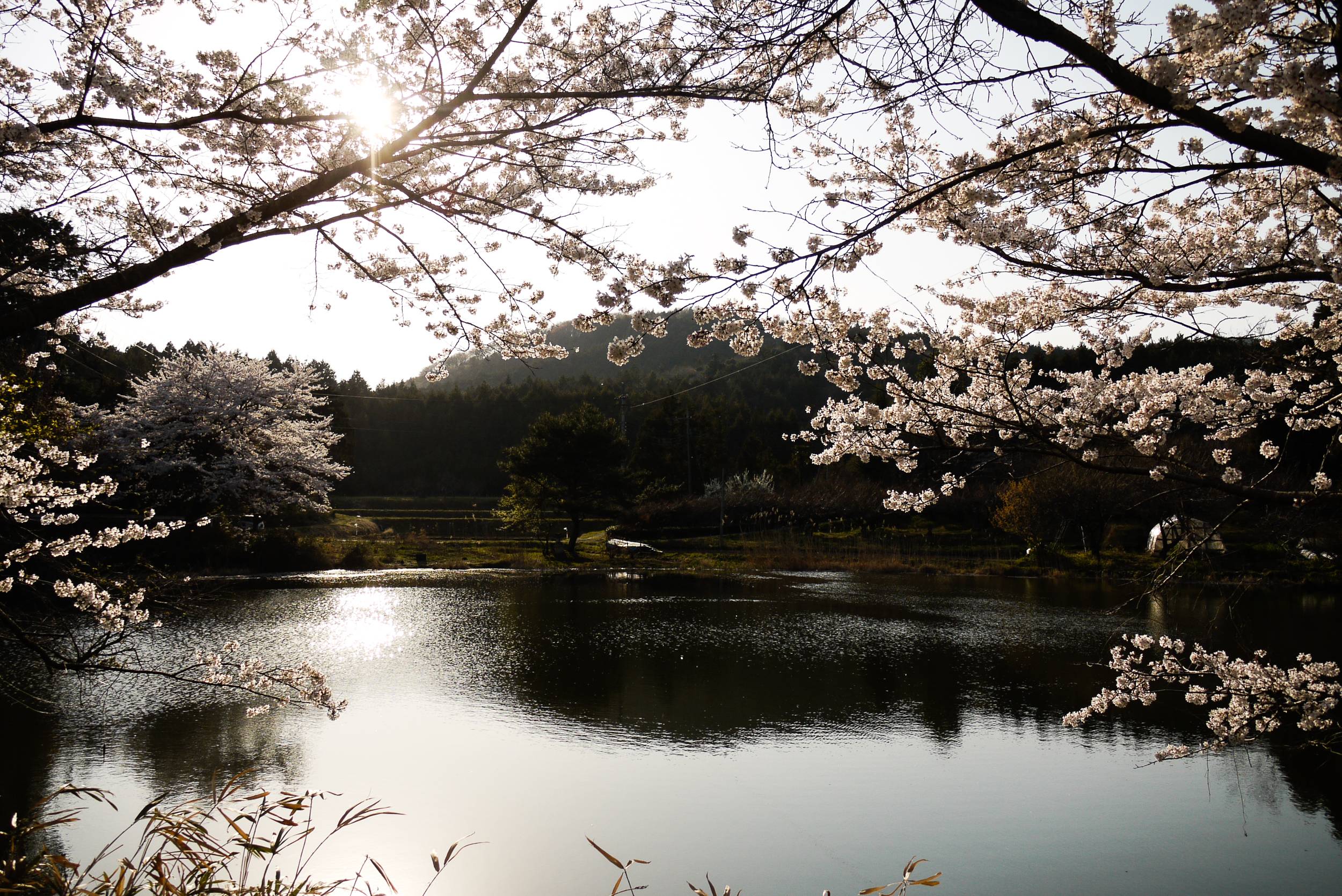Ah, spring. The birds are chirping, the cherry blossoms are blooming — and tourism is booming.
We’ve made it through another year to be greeted by the budding pink blossoms. If, like much of Japan, you’re looking to travel to a great 穴場 (anaba, hidden spot) to see the 桜 (sakura, cherry blossoms), you’re going to need some basic Japanese to get there.
Getting to popular 桜 spots is simple enough in the cities, but once you start going off the beaten path, things get a bit trickier. For this, the simplest phrase you have at your disposal is, “(...) はどこですか?” (... wa doko desu ka?, Where is...?) But that’s really only going to be of assistance when you near your destination.

















With your current subscription plan you can comment on stories. However, before writing your first comment, please create a display name in the Profile section of your subscriber account page.